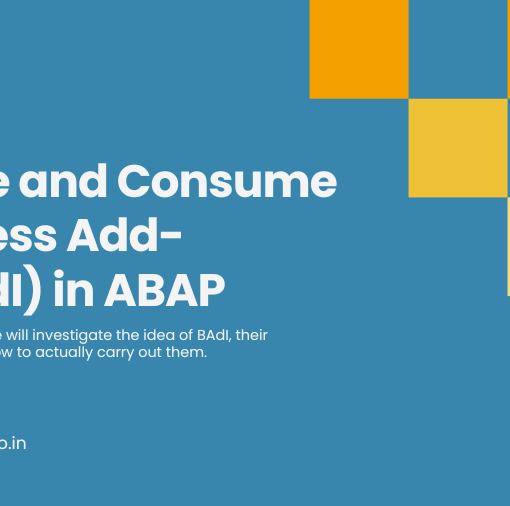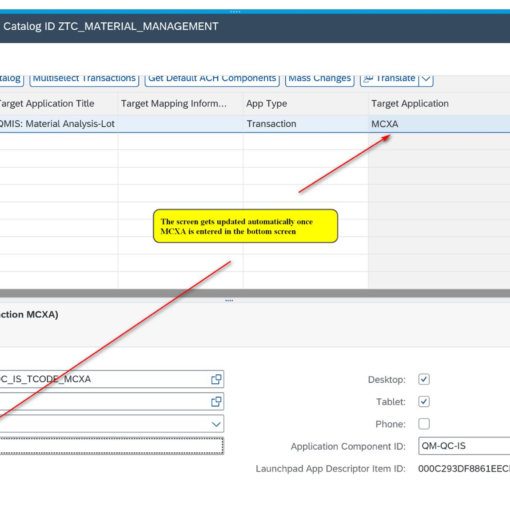Demystifying SAP EDI IDoc: The Bridge Between Your Business and the World
In today’s interconnected business landscape, seamless data exchange with trading partners is essential for efficiency, accuracy, and maintaining a competitive edge. For those using SAP, Electronic Data Interchange (EDI) and its associated IDocs (Intermediate Documents) play a crucial role in facilitating this exchange. This blog delves into the world of SAP EDI IDocs, exploring their intricacies, functionalities, and how they empower businesses to streamline communication and collaboration.

Understanding the Landscape: What are SAP EDI IDocs?
- IDocs Explained: Imagine IDocs as standardized electronic containers carrying business data within SAP. They act as intermediaries, transforming data into a format suitable for external exchange, often adhering to EDI standards.
- EDI in Action: EDI refers to the electronic exchange of business documents between organizations using standardized formats. It eliminates the need for paper-based transactions, ensuring faster, more secure, and error-free data exchange.
- The IDoc Advantage: By leveraging IDocs and EDI, businesses can automate data exchange with partners, reducing manual intervention and streamlining processes like order processing, invoicing, and inventory management.
Benefits of Using SAP EDI IDocs:
- Enhanced Efficiency: Automating data exchange saves time and effort compared to manual processes.
- Improved Accuracy: Standardized formats minimize errors and ensure data consistency.
- Reduced Costs: Streamlined processes and error reduction lead to significant cost savings.
- Faster Transactions: Real-time data exchange accelerates business processes and improves responsiveness.
- Stronger Partner Relationships: Seamless communication fosters trust and collaboration with trading partners.
Exploring the IDoc Ecosystem:
- Inbound and Outbound Flow: IDocs can handle both inbound data (received from partners) and outbound data (sent to partners).
- Standard and Custom IDocs: Predefined standard IDocs exist for common transactions like invoices or purchase orders. For specific needs, custom IDocs can be developed.
- Message Control and Processing: SAP’s message control system manages IDoc flow, ensuring data is delivered reliably and errors are handled effectively.
Key Functionalities of SAP EDI IDocs:
- Data Mapping: Transforming data between internal SAP formats and external EDI standards.
- Segment and Element Structure: IDocs are organized into segments and elements, mirroring the structure of EDI documents.
- Partner Profiles: Defining communication details and data exchange agreements with each trading partner.
- Error Handling and Monitoring: Identifying, reporting, and correcting errors that occur during data exchange.
Getting Started with SAP EDI IDocs:
- Evaluate Your Needs: Assess your data exchange requirements, trading partner landscape, and internal resources.
- Choose the Right Approach: Decide whether to use pre-configured solutions, develop custom IDocs, or leverage a hybrid approach.
- Partner with Experts: Consider consulting with experienced SAP EDI professionals for guidance and implementation assistance.
- Testing and Validation: Thoroughly test your IDoc configurations to ensure accurate data exchange before going live.
The Future of SAP EDI IDocs:
- Cloud-Based Solutions: The increasing adoption of cloud-based EDI platforms offers scalability, flexibility, and easier integration.
- Standardization and Simplification: Ongoing efforts to streamline EDI standards and simplify IDoc configuration are underway.
- AI and Machine Learning: AI-powered tools can automate tasks like data mapping and error detection, improving efficiency and accuracy.
- Enhanced Security: Advanced security measures are crucial to protect sensitive data during electronic exchange.
By harnessing the power of SAP EDI IDocs, businesses can unlock a world of seamless data exchange, enabling them to collaborate effectively, streamline operations, and gain a competitive edge in the digital age.
You may be interested in:




